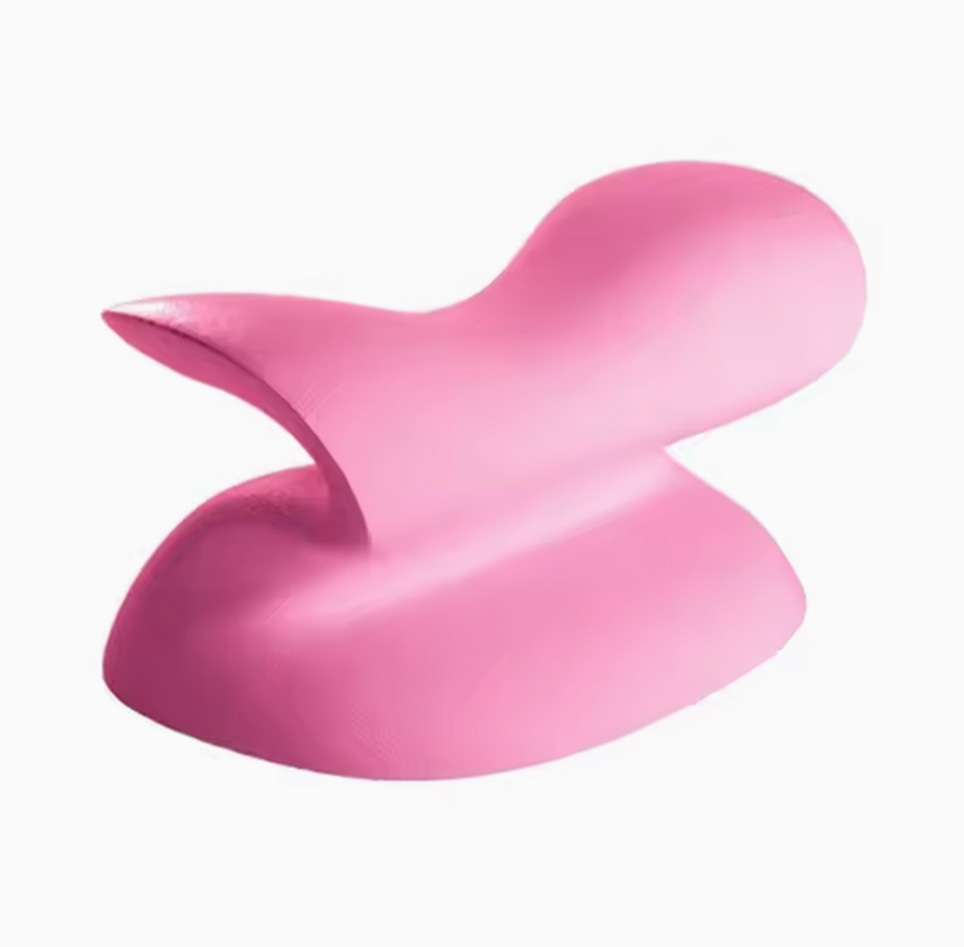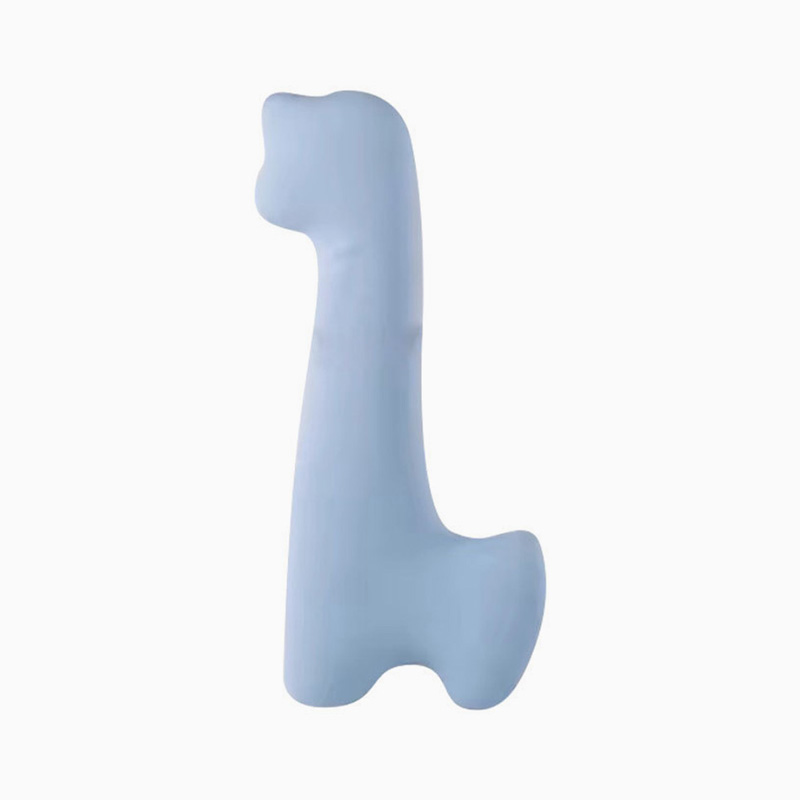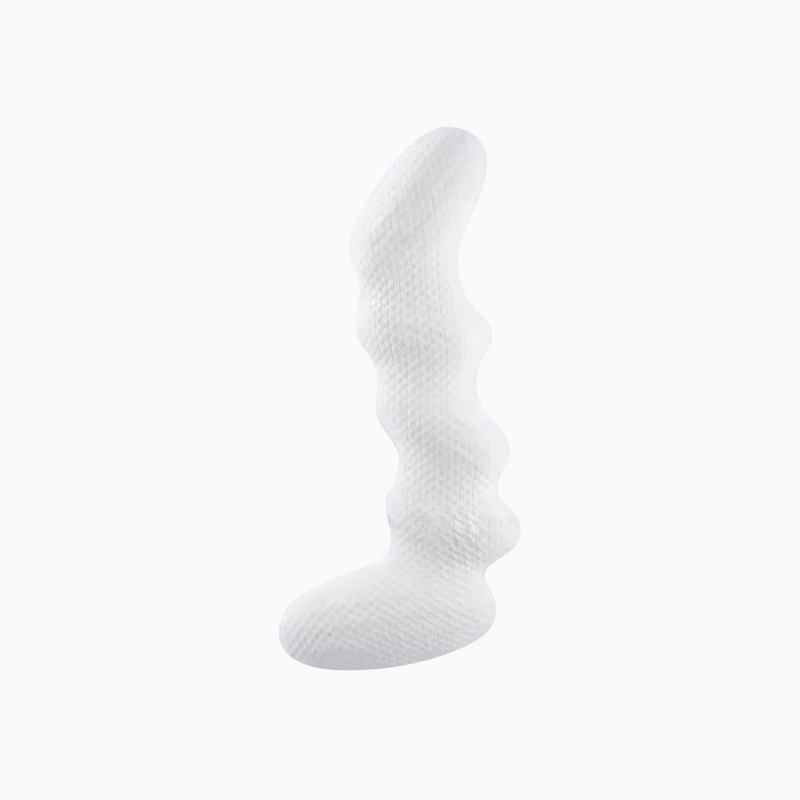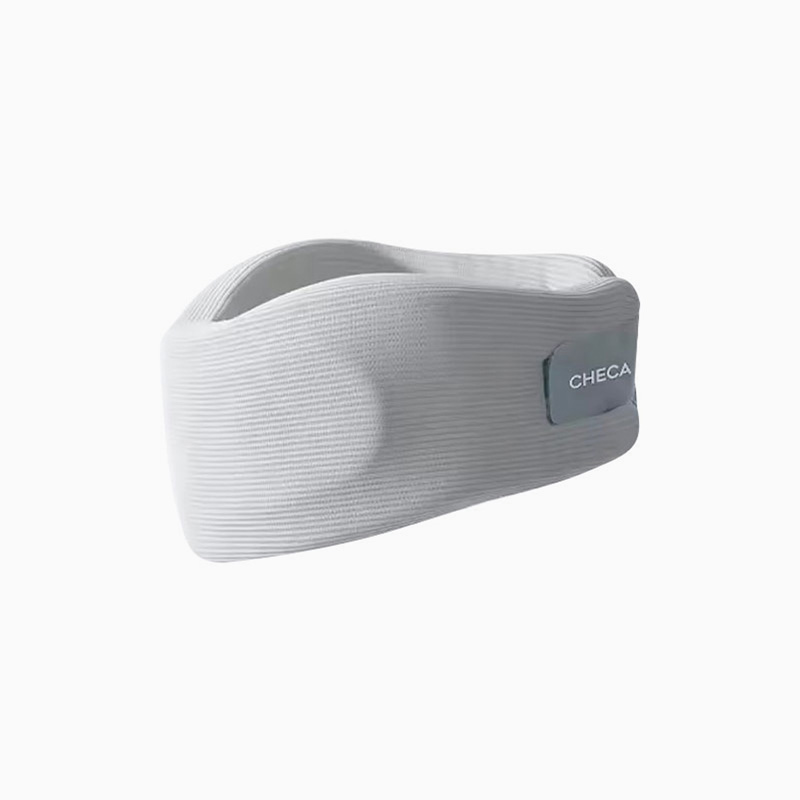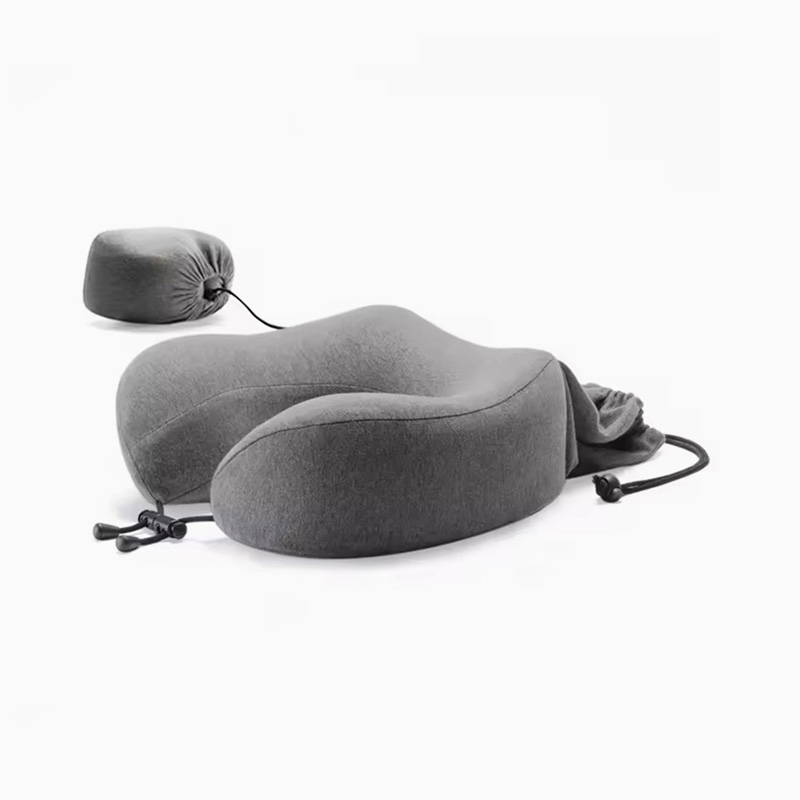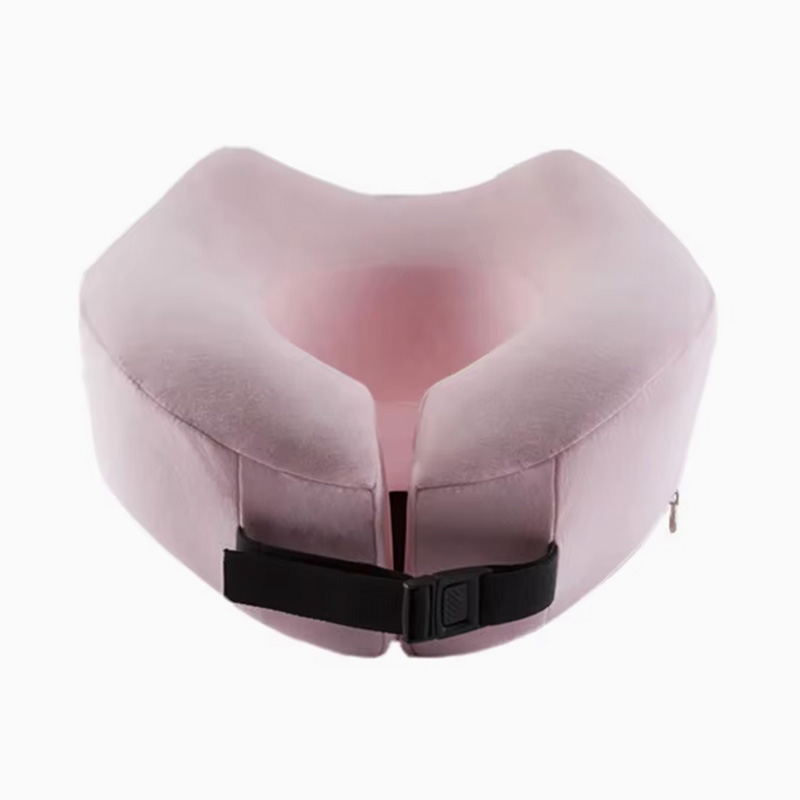What are the requirements for storage environment of memory foam pillow
Memory Foam Pillow, as a high-end sleep aid product, has its unique material properties that determine the special requirements of its storage environment. A suitable storage environment not only extends the service life of Memory Foam Pillow, but also ensures that it always maintains excellent support performance and sanitary safety. The core material of Memory Foam Pillow is memory foam, which has excellent elasticity and resilience, but is extremely sensitive to temperature, humidity, air circulation and pollution sources in the external environment.
Temperature is a key factor when storing Memory Foam Pillow. The ideal storage temperature should be maintained between 15 degrees Celsius and 25 degrees Celsius. Excessive temperatures may cause damage to the internal structure of the foam material, which in turn makes it fragile or even powdered, affecting its elasticity and support effect. On the contrary, too low temperatures may harden the foam, reducing its resilience and comfort. Therefore, it is crucial to ensure the suitability of storage ambient temperature to avoid adverse effects of extreme temperature changes on foam materials.
Humidity levels are also an important consideration in Memory Foam Pillow storage environment. Excessive humidity will cause moisture to accumulate inside the foam, thereby promoting mold growth and odor production. In severe cases, it may even cause corrosion and mold of the foam, which will directly affect its hygiene and safety. Relatively speaking, too low humidity may make the foam dry and brittle, damaging its elasticity and overall structural integrity. The ideal humidity level should be controlled between 40% and 60%, and it should be kept dry and ventilated. To avoid moisture invasion, the storage space should have a good seal to prevent moisture and pollutants from infiltrating the inside of Memory Foam Pillow.
Air circulation is one of the important factors in ensuring the storage environment of Memory Foam Pillow. Good ventilation can effectively reduce the accumulation of dust, bacteria and other pollutants in the storage space and reduce the probability of mold and odor. It is recommended to keep the air circulating in the storage environment and avoid closing humid environments. Especially in humid seasons or high-humidity areas, use a dehumidifier or air conditioner to adjust to ensure the dryness and freshness of the indoor air. In addition, the storage location should be kept away from pollution sources, including oil fume, chemicals, dust and pet hair, to reduce the erosion of pollutants on foam materials.
The cleanliness of the storage environment directly affects the hygiene status of Memory Foam Pillow. Therefore, it is crucial to choose a clean, dust-free space for storage, avoiding dust and contaminants attached to the surface or inside of the pillow. Before storing, make sure the pillow is thoroughly clean and the pillowcase has been replaced to prevent bacteria from growing. At the same time, the storage space should be avoided from direct sunlight, because ultraviolet rays have potential damage to foam materials, which may cause the foam to discolor, become brittle or deteriorate in performance. The ideal storage environment should be a cool, ventilated place and avoid direct sunlight.

 English
English عربى
عربى previous post
previous post



